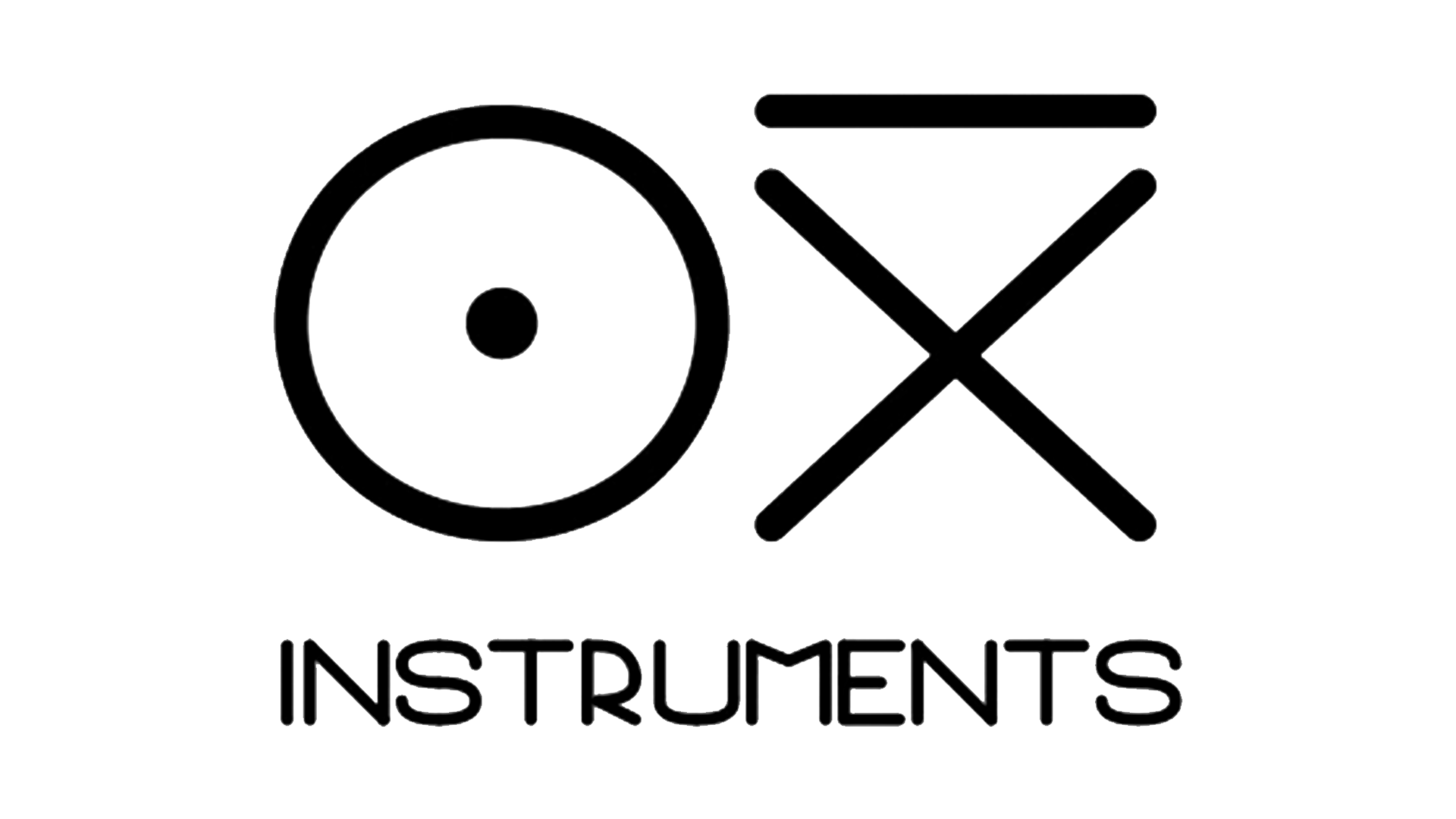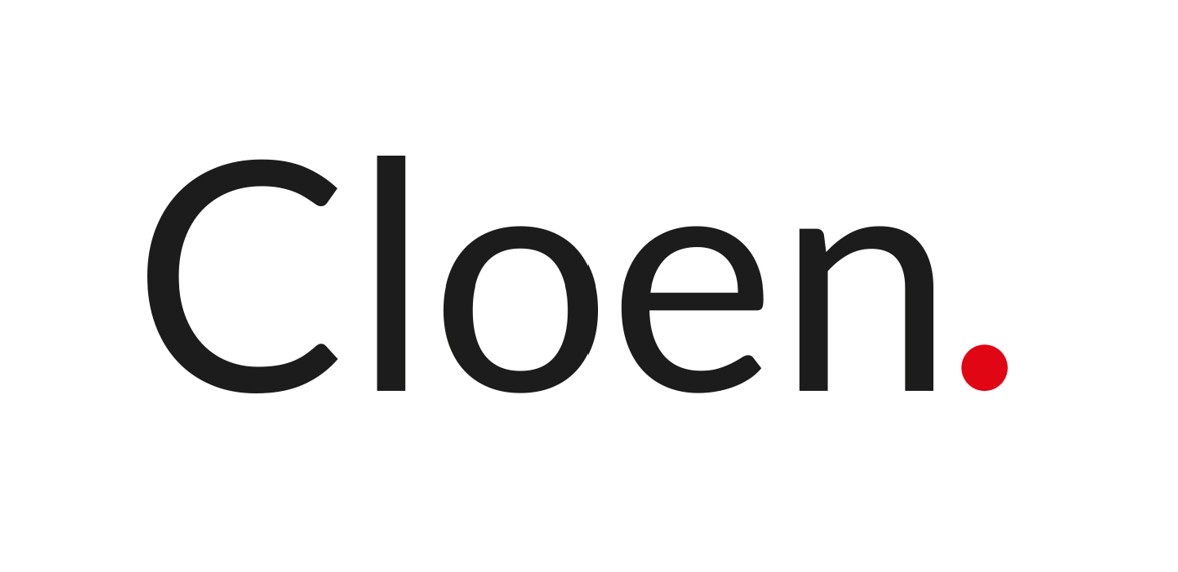Australia Certification - RCM
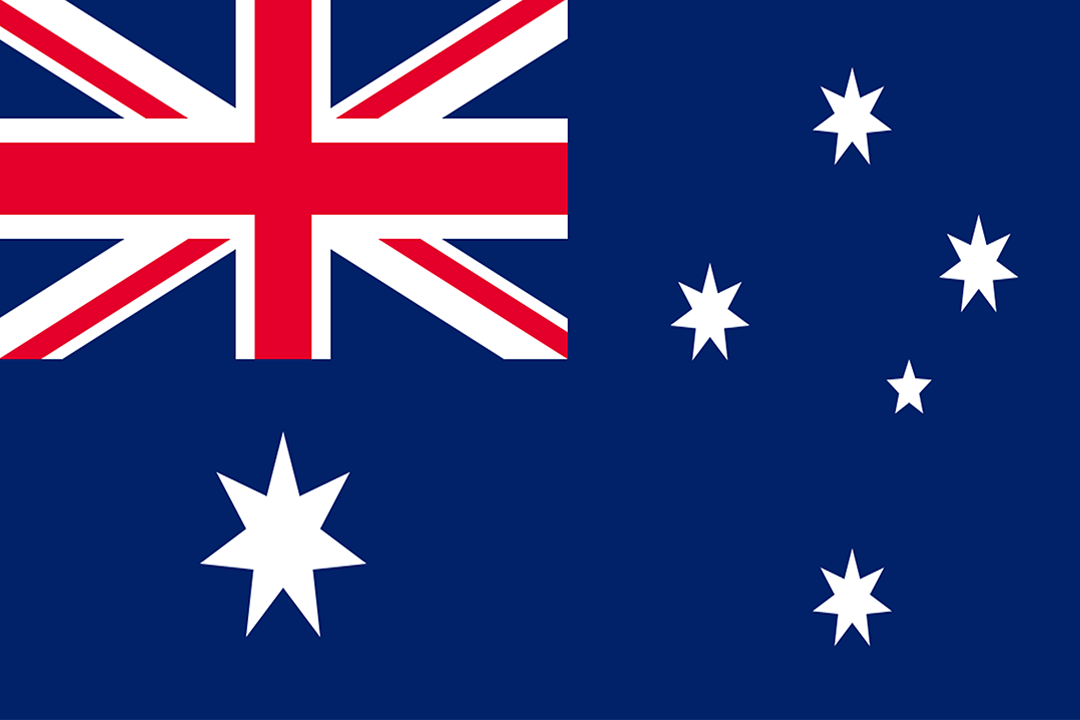
Regulatory Compliance Mark (RCM)
Comply with the RCM requirements of the Australian and New Zealand market for your electrical and electronic products reliably and safely.
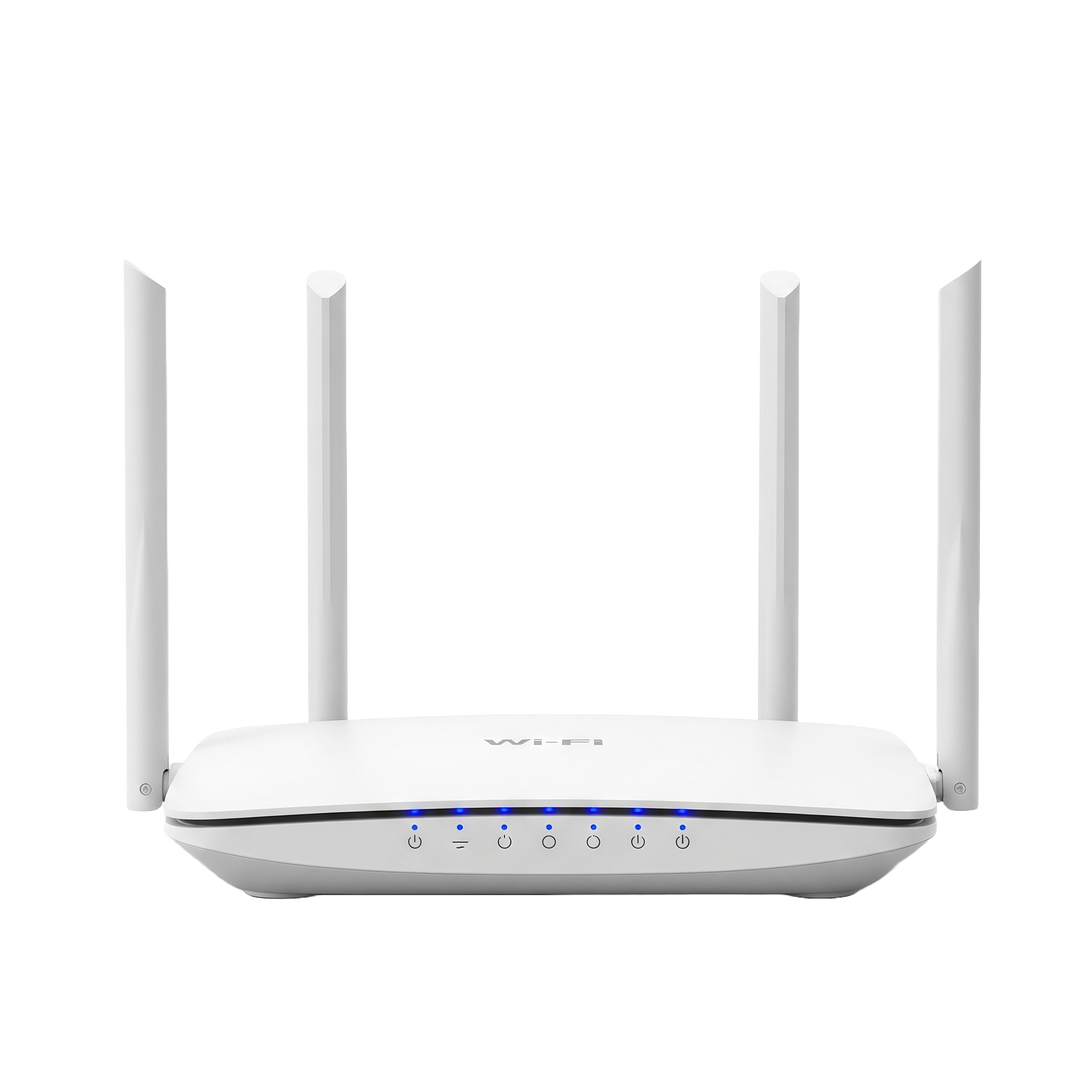
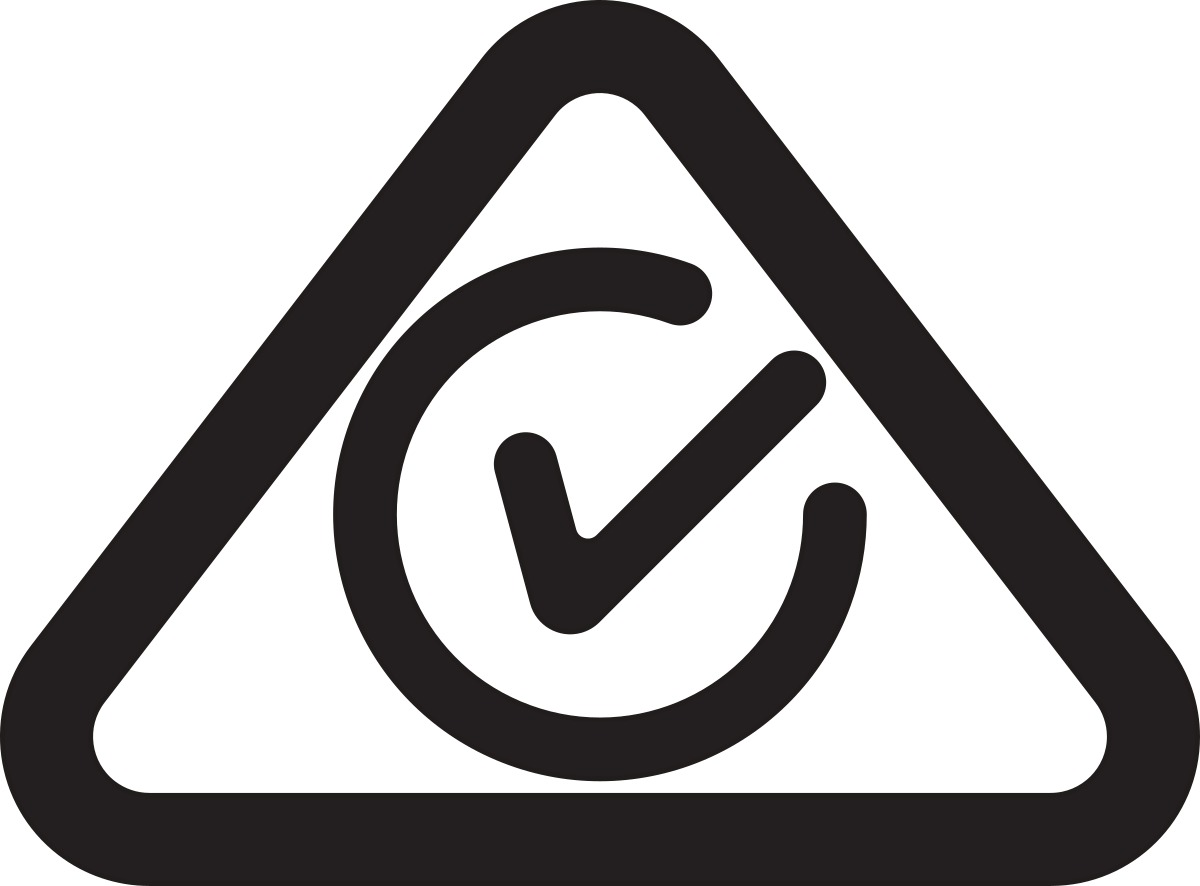
What is it about?
RCM (Regulatory Compliance Mark) certification is a mark demonstrating that a product complies with the electrical safety, radio, and electromagnetic compatibility (EMC) regulations of Australia and New Zealand. This mark is mandatory for most electrical and electronic products sold in these countries.
Obtaining the RCM mark is an essential requirement for any manufacturer or importer wishing to access the Australian and New Zealand market, ensuring that their products are safe for consumers and do not interfere with other electronic devices.
The RCM covers a wide range of electrical and electronic products, which are classified into different risk levels. Some of the products that require the RCM mark include:
Power supplies and adaptors.
Household appliances and consumer equipment.
Lighting equipment, such as LED and fluorescent luminaires.
Information Technology Equipment (ITE).
Power tools.
Audio and video equipment.
Radiocommunications devices.
The product's classification will determine the level of testing and documentation required.
Products under the RCM scheme are classified into three compliance levels, based on their potential risk:
Level 1 (Low Risk): Products that are not specifically regulated but must comply with general safety standards. They do not require registration in the EESS database.
Level 2 (Medium Risk): Products that must comply with specific safety or EMC standards. They require a supplier's declaration of conformity.
Level 3 (High Risk): Products with a high safety risk, such as household appliances, power supplies, and other specified equipment. They require testing by an accredited laboratory and a certificate of conformity issued by a recognised certification body, in addition to their registration in the EESS (Electrical Equipment Safety System) database.
The process to obtain the RCM mark can be complex, but it can be summarised in the following key steps:
Identification of Applicable Standards: Determine which safety and EMC regulations apply to your product.
Laboratory Testing: Perform the required tests in an accredited laboratory to verify compliance with the standards.
Compilation of Technical Documentation: Prepare a Technical File that demonstrates the product's compliance.
Supplier's Declaration of Conformity (SDoC): Issue a Supplier's Declaration of Conformity.
Registration in the EESS Database: If the product is Level 2 or 3, the Australian importer or manufacturer must register in the EESS database and register the product.
Product Labelling: Once the above steps are completed, the RCM mark can be affixed to the product.
Requirements to consider for obtaining RCM certification
To obtain RCM certification, the requirements established by the Australian and New Zealand regulatory framework must be guaranteed, primarily under the EESS (Electrical Equipment Safety System) for electrical safety, and the regulations of the ACMA (Australian Communications and Media Authority). The path forward depends on the product's risk classification. There are different compliance routes depending on the equipment's risk level. For low and medium-risk products (Level 1 and 2), the process is largely managed by the supplier (manufacturer or local importer). They must ensure the necessary tests are conducted, compile a technical conformity file, and issue a Supplier's Declaration of Conformity (SDoC). For Level 2 equipment, registration of the product in the national EESS database is also mandatory. For high-risk products (Level 3), the route is stricter and requires the intervention of a recognised external certification body.
Please note that...
The intervention of a certification body is required only if the product is classified as high risk for electrical safety (EESS Level 3), regardless of its radio functions.
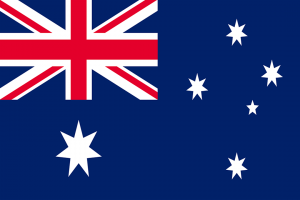

How can we achieve your RCM certification for Australia?
We are a company specialised in conformity with extensive experience in the international product certification sector. Whether you can opt for self-certification or require third-party certification, we dedicate all our resources to ensure that you certify your products in an agile, effective, and guaranteed way.
Our services
Product Certification
Accredited Laboratory Testing
Technical Documentation
Advice and Consultancy
Avoid headaches
Let us help you and focus your energy on your business
“We can only say that they are a great team of professionals. Thanks to their rigorous work and professionalism, we were able to successfully certify the CE and FCC marking of the first version of our product, Travel Sax.”
Ramón Mañas
Odiseimusic (CEO)
“They have made possible what would have been impossible on our own, or much more costly in terms of time and money, allowing us to enter the market with all our responsibilities covered.”
Manuel Vázquez
Oxi Instruments (CEO)
“The quality of their work is excellent; they have shown a level of professionalism and dedication that exceeds our expectations. Their commitment to excellence and their client-oriented approach make them an ideal choice.”
Marcos Bruñuel
Bitbrain (QA/RA Manager)
Familiarise yourself with these basic concepts
If you are a manufacturer or an importer intending to introduce an electrical/electronic product into the Australian or New Zealand market, you need to know and understand a series of essential concepts.
Did you know...
The RCM mark applies to a vast range of electrical and electronic equipment, including those with radio functionalities. The main categorisation is based on the level of risk to electrical safety, as defined by the EESS scheme:
Level 3 (High Risk): Specific equipment requiring a Certificate of Conformity from an external body.
Level 2 (Medium Risk): Equipment that must be registered in the EESS database.
Level 1 (Low Risk): Equipment that only requires evidence of compliance without the need for registration.
The RCM is based on two regulatory pillars. On one hand, the ACMA (Australian Communications and Media Authority) regulates electromagnetic compatibility (EMC) and radiocommunications under the Radiocommunications Act 1992. On the other hand, electrical safety is managed by the ERAC (Electrical Regulatory Authorities Council) through the EESS scheme, implemented in the laws of each state and territory.
The process involves identifying the applicable standards (for safety, EMC, and radio), conducting the corresponding laboratory tests, and compiling the documentation into a technical file. Subsequently, the Responsible Supplier in Australia must register in the EESS database, register Level 2 and 3 equipment, issue a Supplier's Declaration of Conformity (SDoC), and finally, affix the RCM mark to the product.
The RCM is the single graphical mark that demonstrates a product's compliance with all applicable regulations in Australia (safety, EMC, and radio). Unlike the American system, there is no public "ID" associated with the RCM mark. The mark itself is the visible declaration of conformity.
Integrating a radio module (Wi-Fi, Bluetooth) that already has RCM certification can greatly simplify the certification process for the final product. While the host product still needs to be assessed for electrical safety and electromagnetic compatibility (EMC) as a whole, the costly, specific radio tests for the module can be reused, saving time and money.
To obtain the RCM, it is essential to conduct tests in competent laboratories. These tests cover three areas: electrical safety (according to the relevant AS/NZS standards), electromagnetic compatibility (EMC) to ensure it does not cause interference, and, if applicable, radiocommunications to verify the correct use of the radio spectrum.
For devices with radio transmitters used close to the human body (such as mobiles or wearables), it is mandatory to demonstrate compliance with Electromagnetic Radiation (EMR) exposure limits. This is generally verified through Specific Absorption Rate (SAR) testing, with limits set by the ACMA based on standards from ARPANSA (the Australian Radiation Protection and Nuclear Safety Agency).
Compliance is demonstrated through testing based on specific technical standards. These are divided into three areas:
Electrical Safety: Joint Australian and New Zealand standards are used, such as the AS/NZS 62368.1 series for audio/video and IT equipment.
Electromagnetic Compatibility (EMC): Mandated by the ACMA to control unintentional emissions, using standards like AS/NZS CISPR 32.
Radiocommunications: Also defined by the ACMA for intentional emitters (Wi-Fi, Bluetooth), regulating aspects such as frequencies and transmission power.
The supplier must prepare and maintain a technical file or compliance folder. This file must contain all evidence of conformity, including laboratory test reports, product descriptions, schematics, a draft Supplier's Declaration of Conformity (SDoC), and the Certificate of Conformity if it is a Level 3 equipment.
The user manual is a legally relevant document. It must include any safety warnings, information on correct use and maintenance, and sometimes, specific conformity statements or information on the frequency bands used, as required by the applicable standards.
The product must be legibly and durably marked with the RCM logo. The regulations specify conditions for visibility and minimum size. If the product is too small, the marking may be placed on the packaging or in the accompanying documentation.
The Responsible Supplier is the key figure in the process. It must be a legal entity established in Australia or New Zealand that registers in the national database (EESS) and assumes all legal responsibility for the conformity of the products it markets.
For a foreign manufacturer, it is mandatory to appoint a Local Representative to act as the Responsible Supplier on their behalf. This representative holds the registration in the EESS database and serves as the point of contact for regulatory authorities. Without this representative, a manufacturer from outside Australia cannot obtain RCM certification.
Do you have any questions?
We have compiled the most frequent ones from our clients
The RCM (Regulatory Compliance Mark) is the mandatory compliance mark for selling electrical and electronic products in Australia and New Zealand. It confirms that a product meets all applicable standards for electrical safety, electromagnetic compatibility (EMC), and radiocommunications. It is the essential passport to legally access this market.
Yes, obtaining the RCM is mandatory. CE and FCC certifications are not automatically recognised in Australia. Although existing test reports for CE can be evaluated and sometimes partially reused to demonstrate compliance with some RCM standards (mainly in EMC and Radio), Australia's specific requirements must always be met, such as electrical safety tests with national deviations and, crucially, having a local representative.
Virtually any product that connects to the mains or contains electronic or radio components. This includes power supplies, household appliances, information technology equipment (ITE), luminaires, power tools, chargers, and any device with Wi-Fi, Bluetooth, or cellular technology.
No. The process varies according to the product's electrical safety risk level (EESS Levels 1, 2, or 3). While a low-risk product (Level 1) only requires a technical file and a supplier's declaration, a high-risk product (Level 3) requires the intervention of an external certification body and the registration of a Certificate of Conformity in the national database.
It is a formal legal document in which the Responsible Supplier (the Australian entity) declares under their own responsibility that the product complies with all relevant ACMA and ERAC standards. This declaration must be supported by a technical file containing all evidence of conformity (such as test reports).
No. The RCM system does not use a public identifier per product like the FCC ID. The RCM mark itself, affixed to the product, is the only visible indication that it has passed the certification process. Traceability is managed internally through the Responsible Supplier's registration in the EESS database.
Yes, it is absolutely mandatory. The mark must be visible, legible, and durable. If the product is too small, the regulations allow the mark to be placed on the packaging, instructions, or user manual, following specific rules.
The legal responsibility lies with the "Responsible Supplier". This must be a company with a legal entity in Australia or New Zealand. This company is the one that registers in the EESS database and signs the Declaration of Conformity, assuming the legal consequences of the product's compliance.
Yes, it is an essential and non-negotiable requirement. A manufacturer without a legal entity in Australia or New Zealand cannot be the Responsible Supplier. Therefore, they must appoint a Local Representative (such as a consultancy or an importer) to assume this role.
The EESS (Electrical Equipment Safety System) is the government database where all Responsible Suppliers are registered. Additionally, all equipment classified as medium risk (Level 2) and high risk (Level 3) must be registered in this database before they can be sold.
Selling a product without the RCM is illegal and can lead to serious consequences. The authorities (ACMA and state safety regulators) can impose very high financial penalties, order the product to be withdrawn from the market, prohibit future sales, and even seize the goods.
The product's conformity (and thus the validity of the RCM mark) must be maintained as long as the product is on the market. However, Certificates of Conformity for high-risk equipment (Level 3) have a formal validity of 5 years and must be renewed. If an applicable standard changes, the product must be re-evaluated to ensure it still complies with the new version.
